Poul Kjaerholm is a Danish furniture designer who lived through the mid century design movement. He began as a cabinetmaker’s apprentice and was educated at the Danish School of Arts and Crafts. Operating post WWII and post Bauhaus freed Kjaerholm to use steel as a noble material. Before the Bauhaus, steel was not considered an attractive material or one that should be used in furniture making. Until Marcel Breuer inspired by his steel bicycle, used plumbing supplies to prototype the Wassily Chair, elevating the material to the same status as wood or leather.
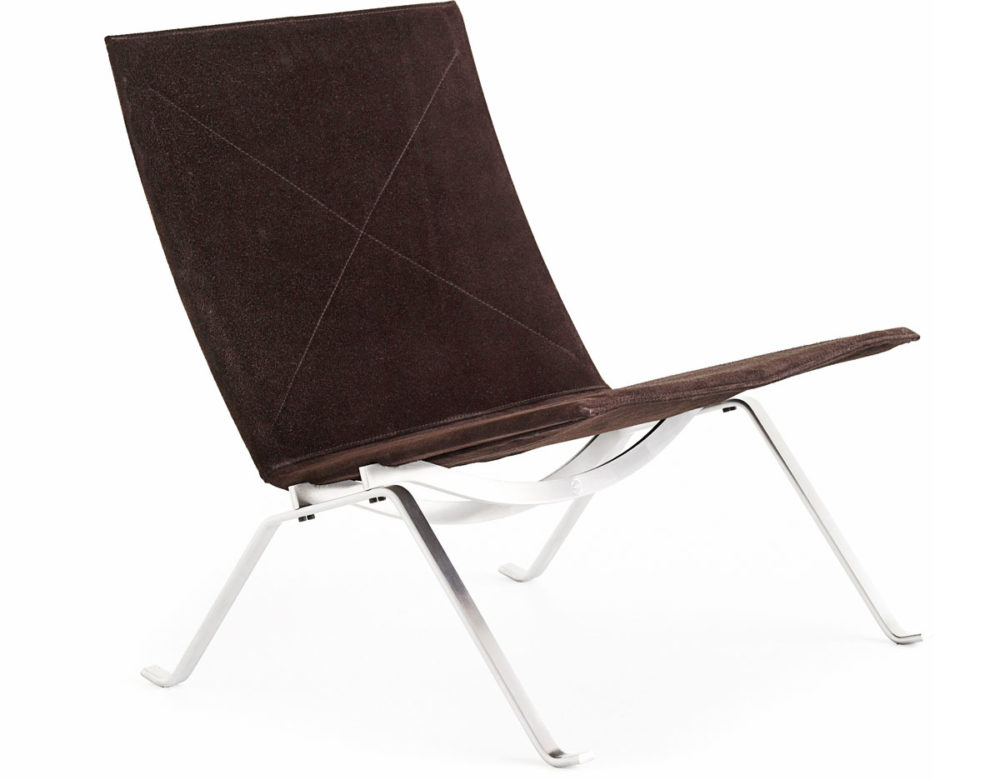
Kjaerholm, unlike a lot of Bauhaus influences, forwent shiny chrome finishes in favor of a clean and honest brushed look. He also looked past the classic bent tubular forms of the time. Using flat steel, allen bolts, and o-rings. His style celebrates the machine shop culture that began around Edison’s time at the start of the second industrial revolution. His designs are not far removed from the various fixtures of a machine shop. To me they brought up images of bicycle frame fixtures still used today in custom frame manufacturing, a fun moment considering Breuer’s original inspiration for steel furniture.
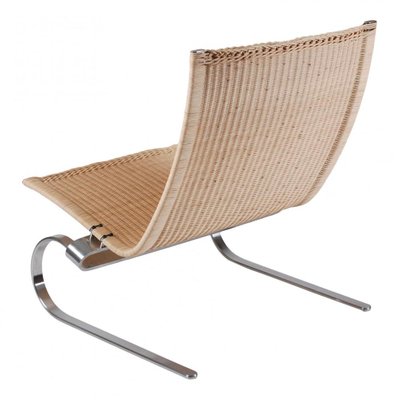
Most of his designs are praised for their form being embedded in the structure, I see this most readily in his wicker seats as well as his woven designs, the PK25, shown below, is a prime example of Kjaerholm’s work. The sides of the chair are both one piece of metal, drilled and bent to form the profile. Connected by three stretchers, the entire assembly contains only 5 pieces of steel joined together. The seat and back are one piece of rope and the weaving pattern reflects the structure of the chair itself.
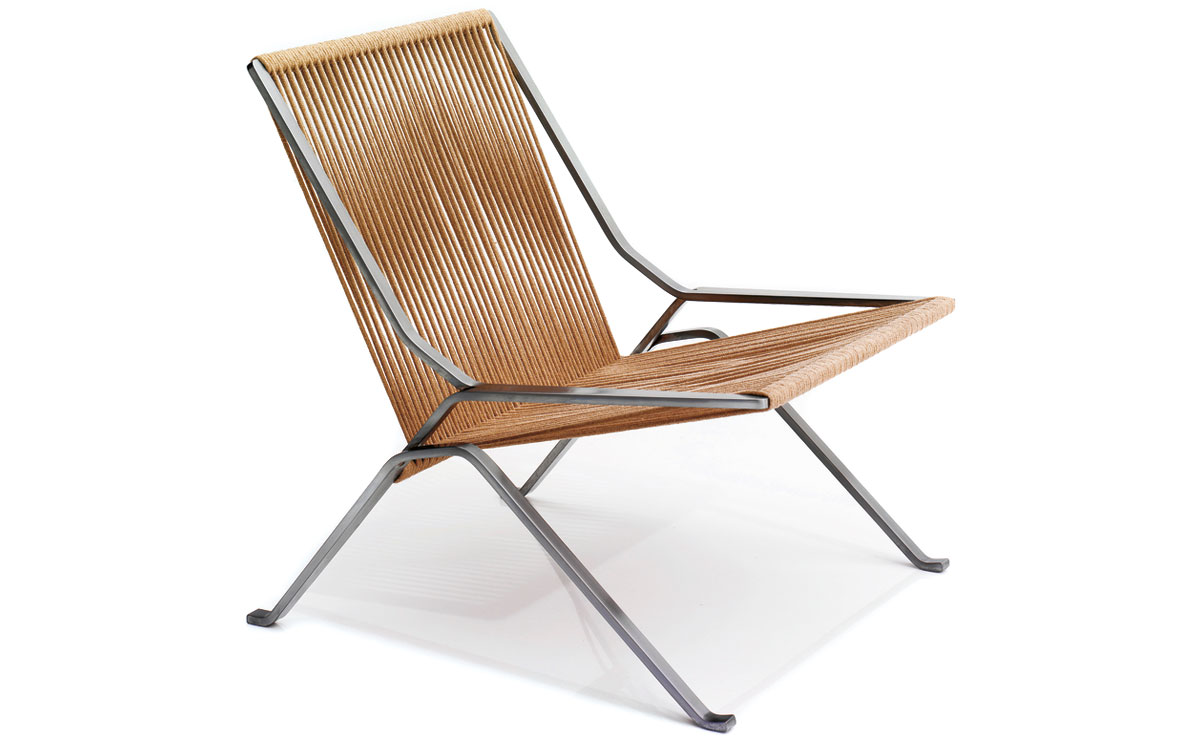
The PK25 was created as a response to a highly praised steel chair called the Barcelona Chair. It was created by Mies van der Rohe for the International Exhibition of 1929, the year of Kjaerholm’s birth. Van der Rohe is said to have coined the phrase “less is more”, but Kjaerholm somehow beats him at his own game. Instead of chromed stainless steel, welded and molded at every joint, and large, luxurious pigskin cushions dropped on the frame. Kjaerholm’s elegance is on full display, the ingenious fabrication, brushed finish and streamlined seat truly embody a Danish take on Van der Rohe’s ideas.
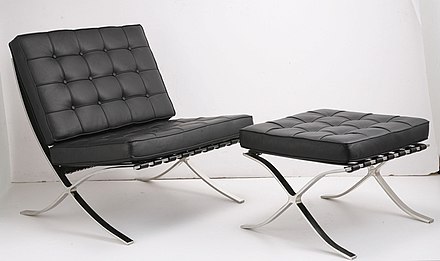
At the end of Kjaerholm’s life and career he became the head of the Royal Danish Academy’s Institute of Architecture and Design. As the head he experimented with a concept thought up by the previous head, Kaare Klint. The propeller stool was Klint’s attempt to create a classic X stool which folded into one solid piece. Using wood, he had to create twice the pieces needed for every single stool made. So his minimal and clean concept was creating a lot of waste. Kjaerholm revisited the idea with his chosen material and was able to more cleanly and easily create a version of the propeller stool. After Kjaerholm’s time as head, a designer named Jorgen Gammelgaard once again iterated on the idea, this time going even further by using a wire construction. This is a fantastic example of real, good design and something I truly admire. The idea that a design is never done evolving and improving, even after three generations and the death of each creator.

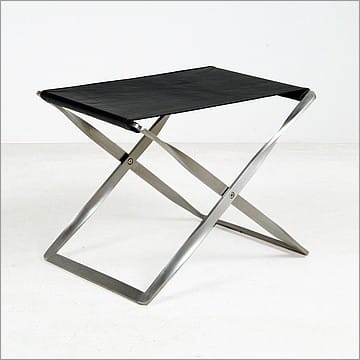
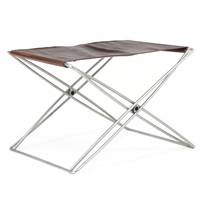
This ones just for fun, super clean coffee table (only 3 grand).
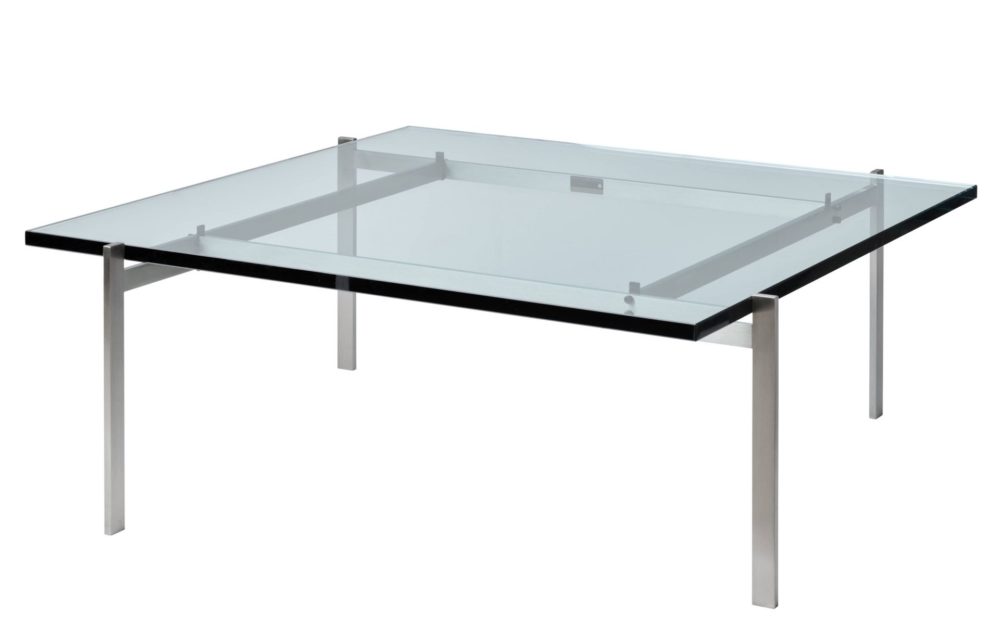
https://www.pamono.com/pk-20-weaved-lounge-chair-by-poul-kjaerholm-for-fritz-hansen
https://www.artsy.net/artwork/poul-kjaerholm-lounge-chair-1
https://hivemodern.com/pages/product1641/fritz-hansen-poul-kjaerholm-pk25-chair
https://www.modernclassics.com/store/pc/Kjaerholm-Style-PK91-Folding-Stool-p46833.htm?gclid=CjwKCAiAjPyfBhBMEiwAB2CCIicqdha2Tp0uN6vSe4lzTTPAf2kKgn6dkgRegO7UpZXYF-DVv6018xoC0i8QAvD_BwE
https://www.artnet.com/artists/j%C3%B6rgen-gammelgaard/
https://en.wikipedia.org/wiki/Barcelona_chair
https://en.wikipedia.org/wiki/Poul_Kj%C3%A6rholm
https://www.mutualart.com/Artwork/KK-87830-Propeller-Stool/F247F628FE76FD379558EB45BAFDBB6A
https://www.einrichten-design.com/en_us/pk-61-pk61-a-couchtisch-fritz-hansen.html


2 Comments. Leave new
These are beautiful pieces of furniture! I am working on a project in Denmark, and have heard a ton about Danish design, so thanks for your detailed report on this. I really like how all of the designs are both simple, but also seem quite sturdy. The modern design in combination with traditional materials makes for a great look.
I’m fascinated by the elegance of Kjærholm’s designs with their brushed finishes and simple but luxurious look. I really enjoy the metal with natural wicker seats as the two materials usually clash, but in this case, it turned out to be extremely elegant. Are you thinking of taking any inspiration from Kjærholm in your final project?